





 |
 |
 |
 |
 |
 |
| Old Vine Observatory | profile | all galleries >> Galleries >> Image Calibration | tree view | thumbnails | slideshow |
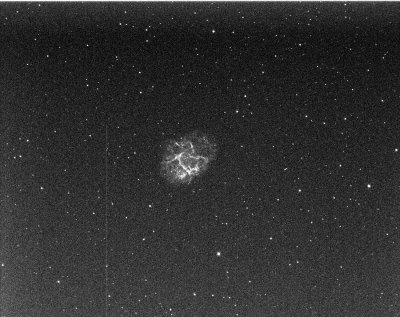 M1 "Crab Nebula" Raw Image |
 Master Bias Frame |
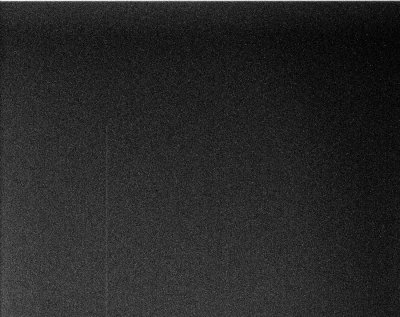 Dark Frame |
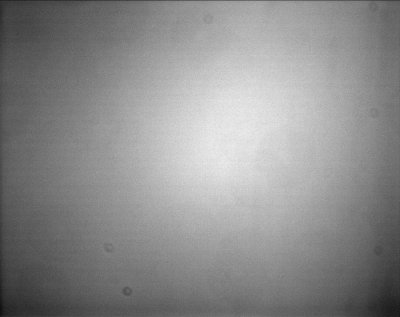 Master Flat Frame |
 M1 Calibrated Image |
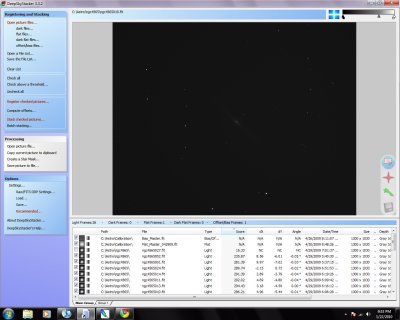 Deep Sky Stacker interface |
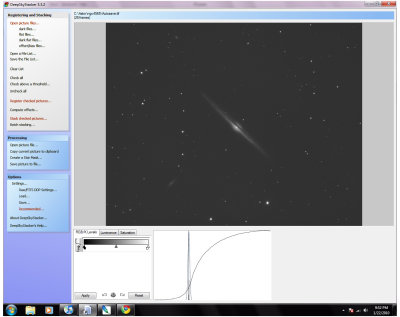 Calibrated image in Deep Sky Stacker |
| comment | share |